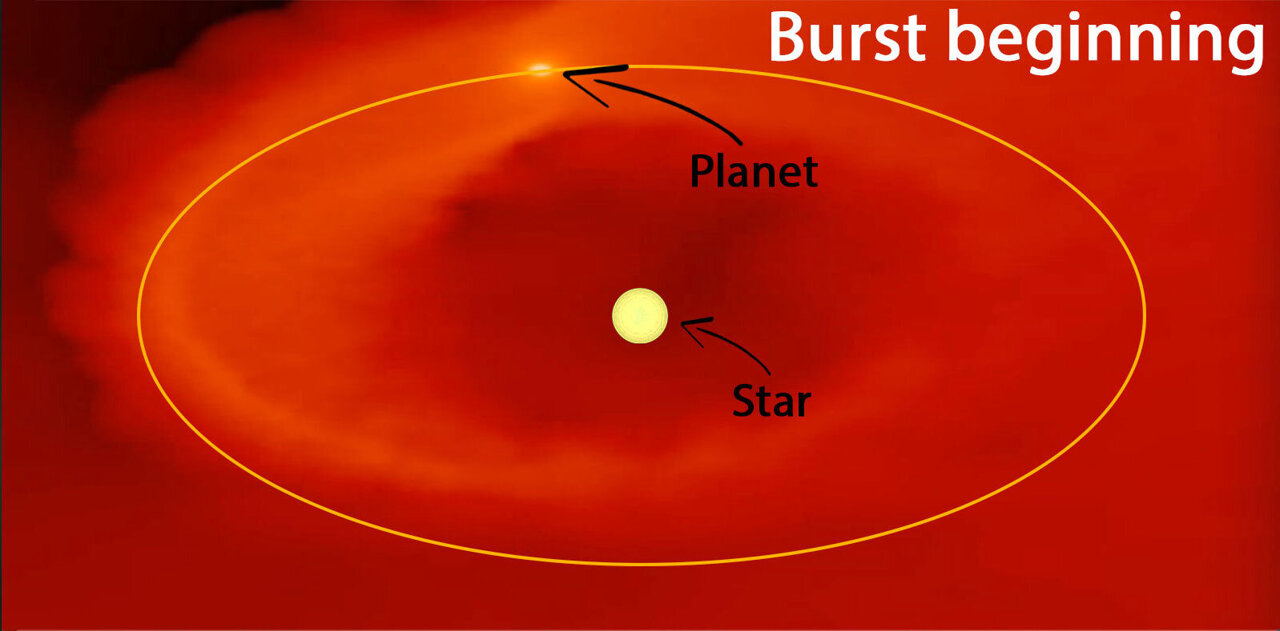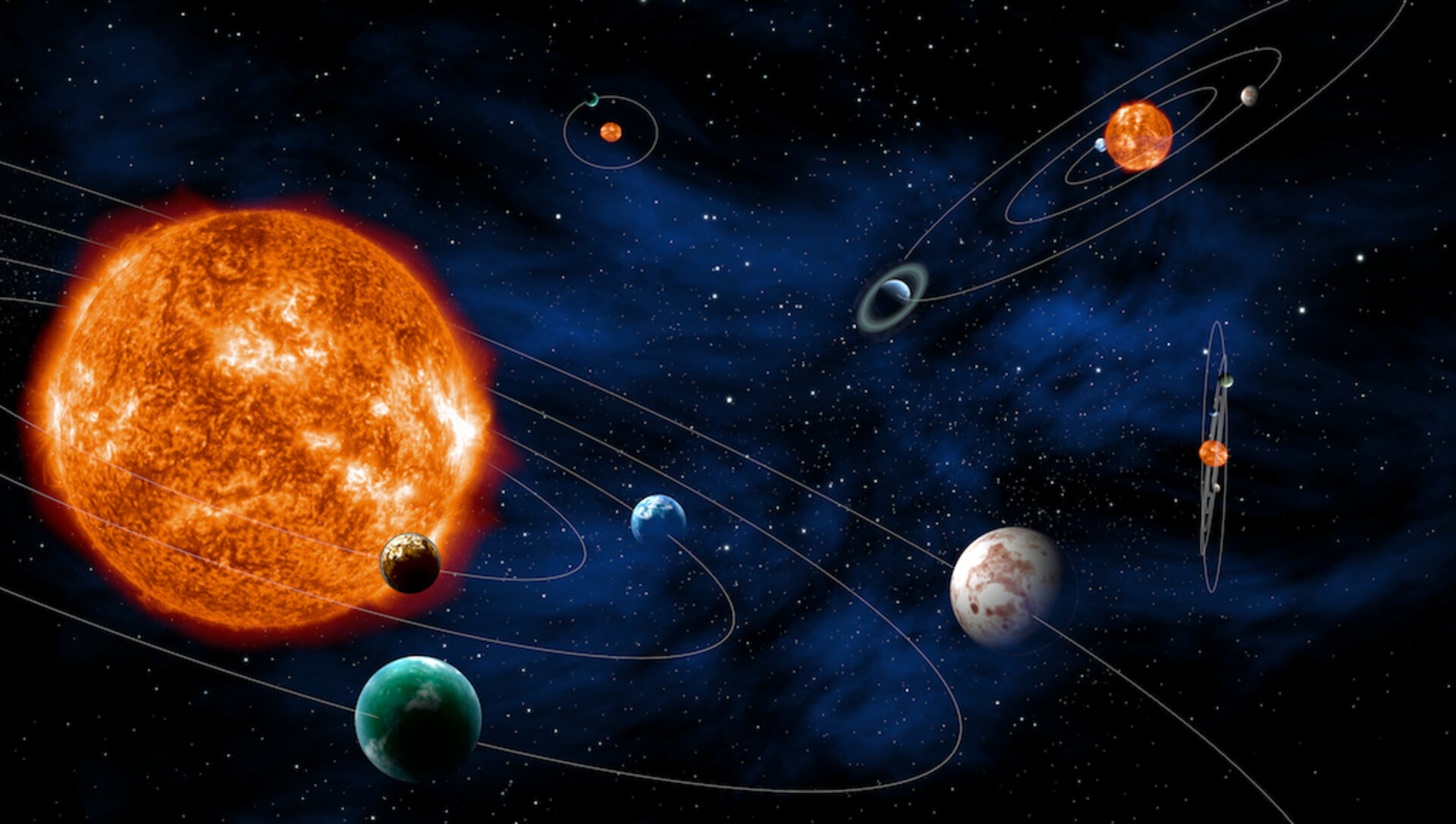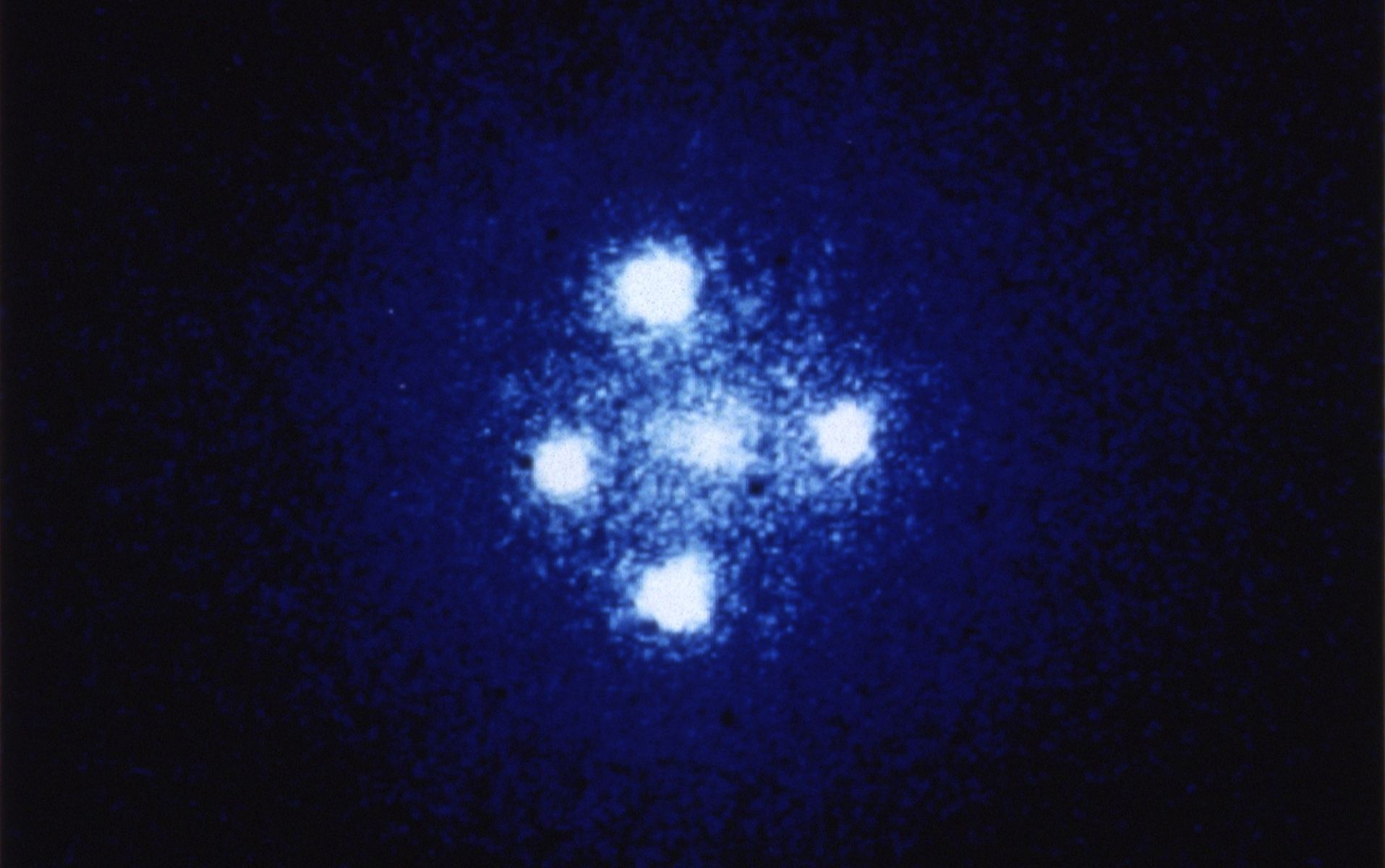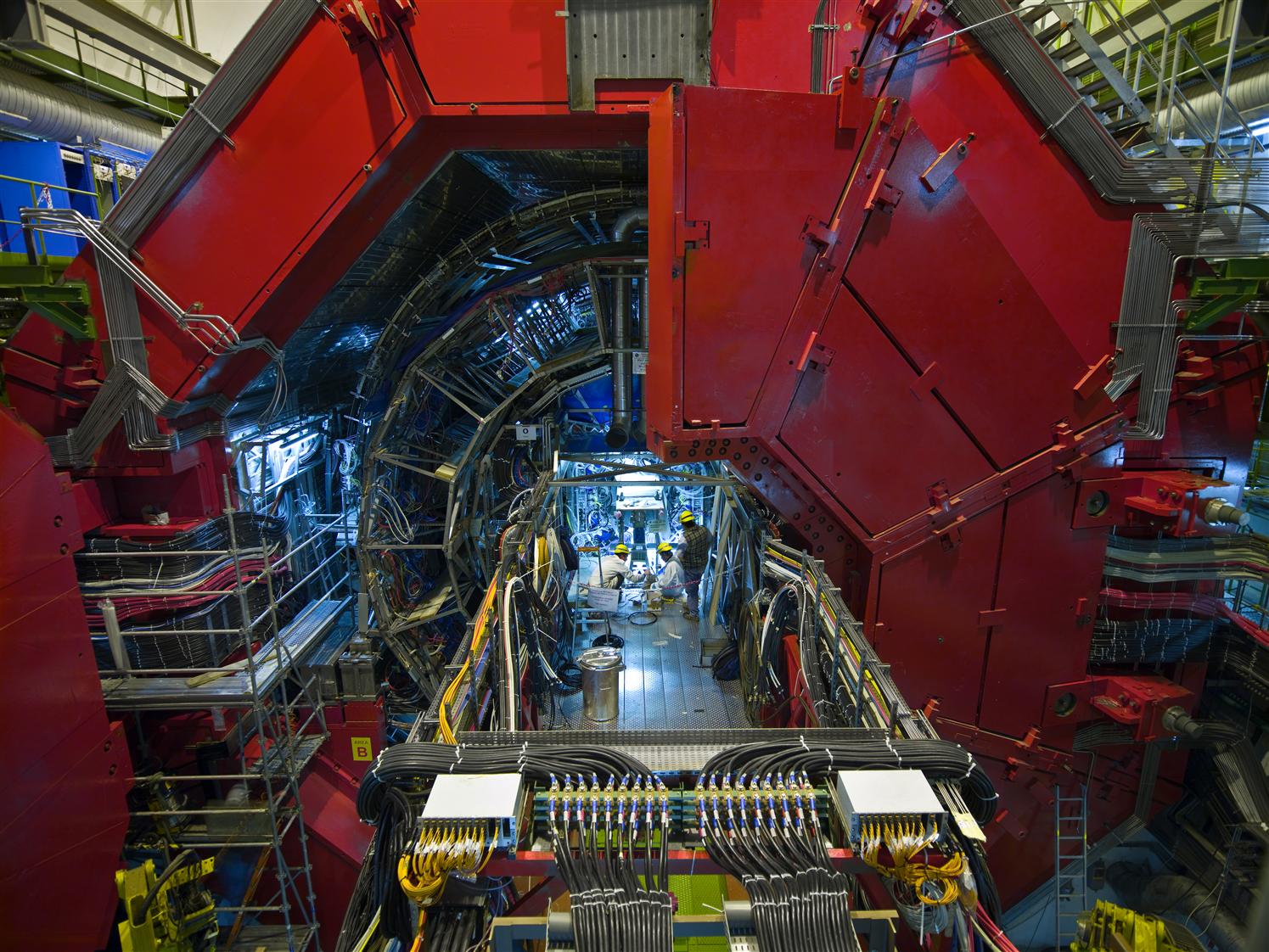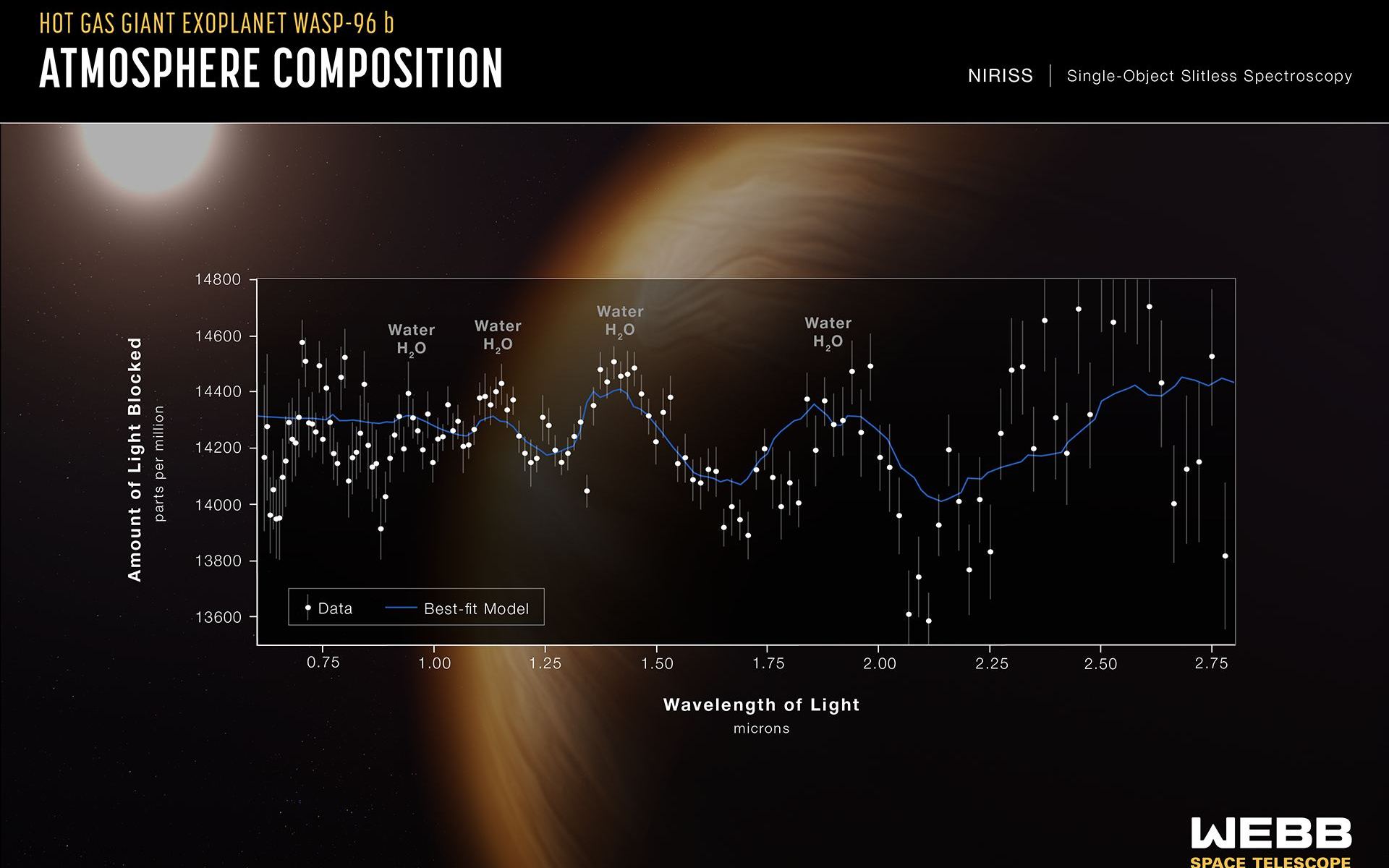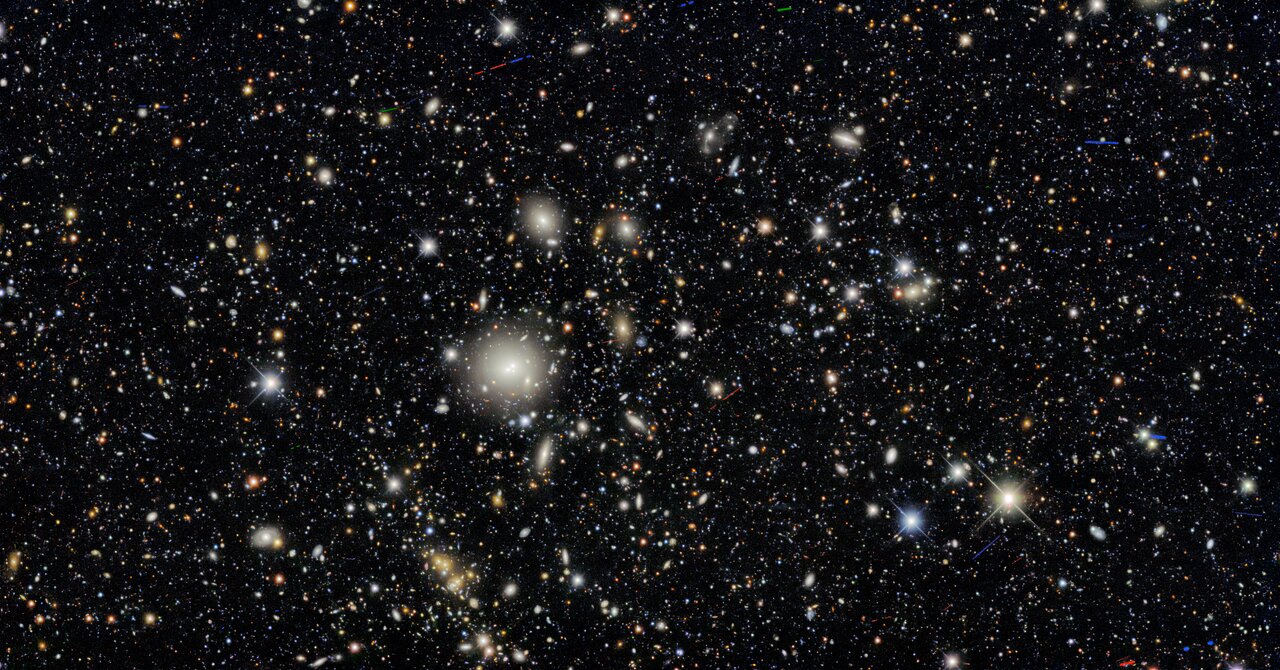FU Orionis is an unusual variable star. It was first seen as a magnitude 16 star in the early 1900s, but in the mid-1930s it rapidly brightened to a magnitude 9 star. The rapid brightening of a star was not unheard of, but in this case, FU Orionis did not fade to its original brightness. Since 1937 it has remained around magnitude 9, varying only slightly over time. For decades the mysterious star was thought to be unique, but in the 1970s similar stars were observed, and are now known as FU Orionis objects. Astronomers still had no real idea what could cause such a dramatic change, but a new study argues that it could be caused by a dying young planet.
Continue reading “An Unfortunate Planet is Undergoing “Extreme Evaporation,” Melting Under the Extreme Heat From its Star”An Unfortunate Planet is Undergoing “Extreme Evaporation,” Melting Under the Extreme Heat From its Star
